The third supporting question, “how did agriculture change for Native American tribes during this period?” helps frame the concept that not only did several tribes actively participate in agricultural practices for thousands of years, but also that the mid-to late 1800s was a time of upheaval and uncertainty for them and they were expected to make drastic changes to the way they lived. Their hunting territory, treaty lands, and way of life was continually threatened. After the Battle of the Little Big Horn in 1876 the tribal nations were forcibly relocated to reservations by the United States government and their lands were opened to settlement by Americans, Canadians, and Europeans. Tribes that did practice agriculture often had methods and cultural traditions that were very different in comparison to the new settlers. For example, Native American women did most of the farming while in non-Native cultures the men typically managed the farm. Reservations were often located in places where good farmland was not available. The Dawes Act of 1887 (also known as the General Allotment Act) attempted to further alter Native American cultural practices by taking communal property and allotting it to individual tribal members. The Dawes Act was repealed in 1934 and the Indian Reorganization Act of that same year was intended to reverse some of the damage of the Dawes Act and return control of lands back to the sovereign tribal nations. Complete the following task using the sources provided to build a context of the time period and topic being examined.
Formative Performance Task 3
Study sources A-I. Write a summary that answers the following questions: What types of sources are they (letters, photos, maps, diaries, etc.)? What is going on in these sources (what kind of information do they contain? Who created each of these sources? Who was the intended audience for each source? Why were these sources created? When were the sources created? What do the sources tell us about Native American farming traditions during the late 1800s and how they were changing? How do we know? What else can you find?
Featured Sources 3
The sources featured in this section are all primary sources. A copy of the Dawes Act (Source A), available from the Library of Congress’s website, is included as a source to provide evidence of how federal policy impacted cultural traditions of sovereign tribal nations. Also included is a link from the same website that features a number of newspaper articles that help provide context about what people were saying about the Dawes Act at the time. Sources B-I are images from several different photograph collections including 00086 Paul A. Ewald, 1952 Frank Bennett Fiske, and the A Collection Files. For more information about Native American cultural traditions around farming and gardening, read Buffalo Bird Woman’s Garden: Agriculture of the Hidatsa Indians by Gilbert L. Wilson (St. Paul, MN: Minnesota Historical Society, 1987) or Waheenee: An Indian Girl’s Story by Gilbert L. Wilson (Lincoln, NE: University of Nebraska Press, 1981).
| Source A |
Dawes Act of 1887 (also known as the General Allotment Act) LOC: https://www.loc.gov/law/help/statutes-at-large/49th-congress/session-2/c49s2ch119.pdf See Also: LOC: https://guides.loc.gov/chronicling-america-dawes-act-commission/selected-articles |
| Source B | 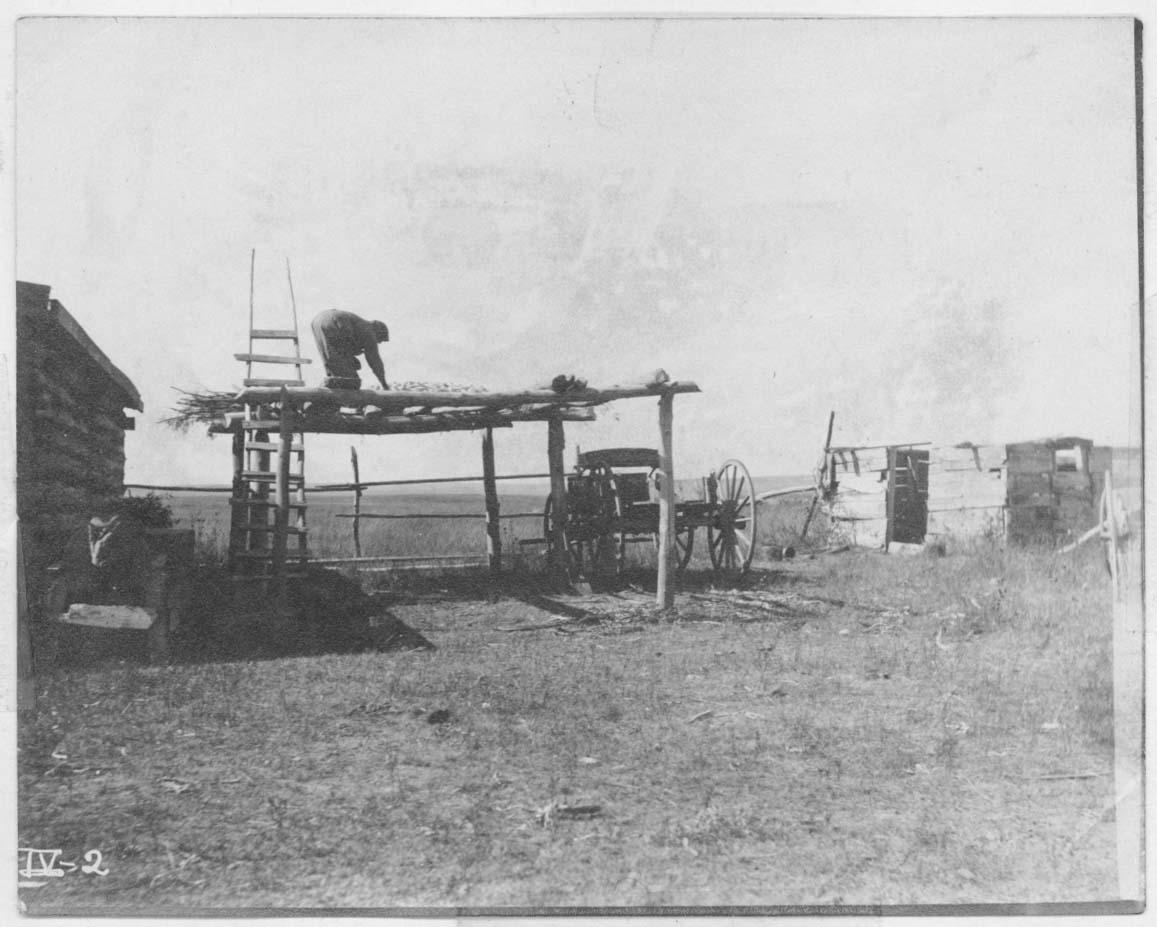
|
| Source C | 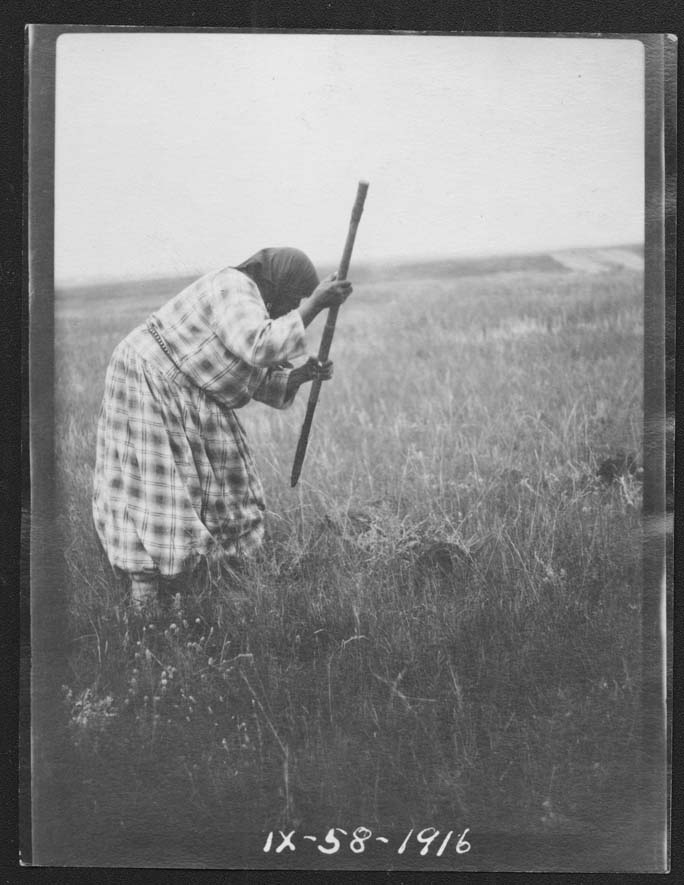
|
| Source D | 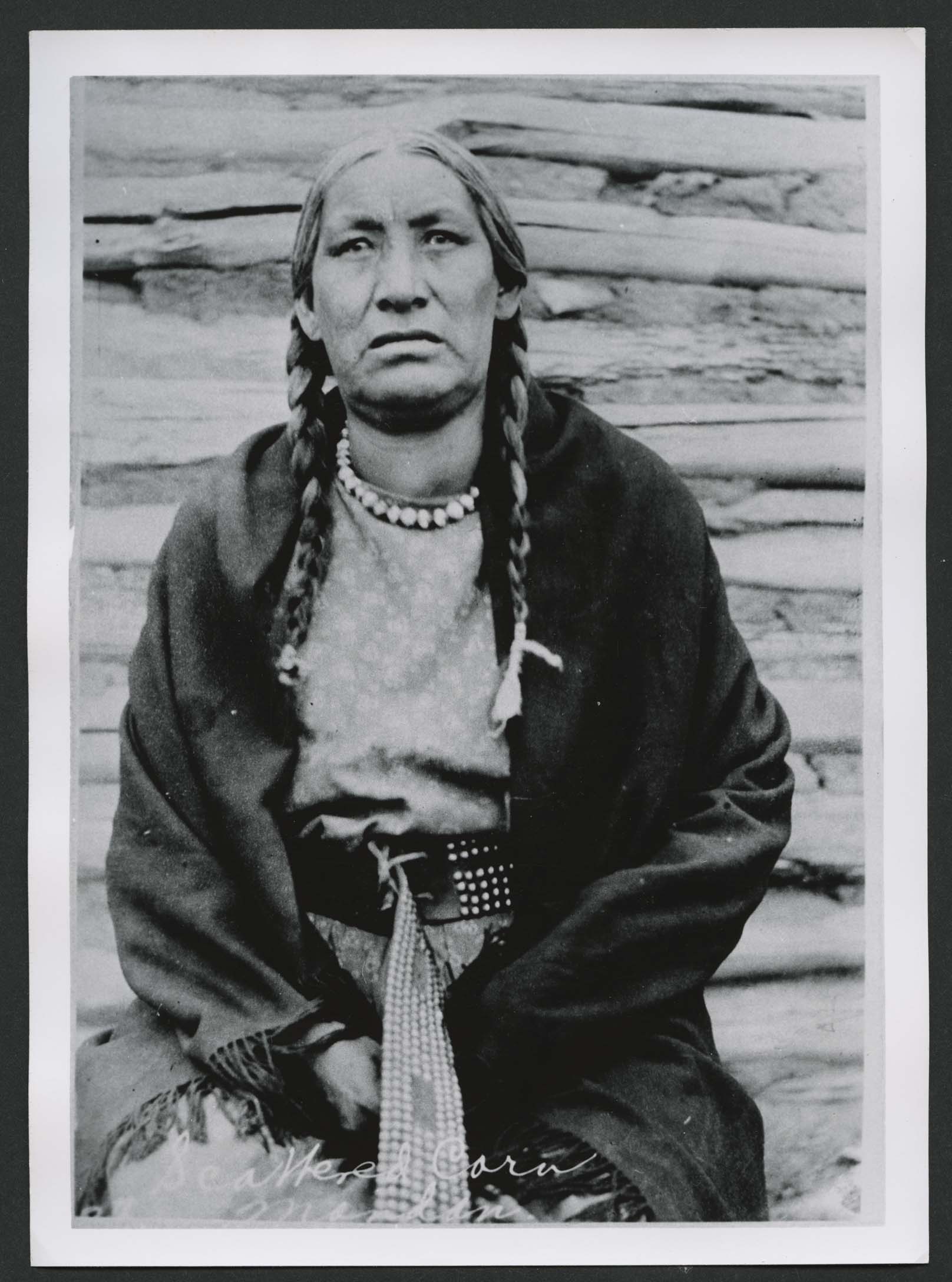
|
| Source E | 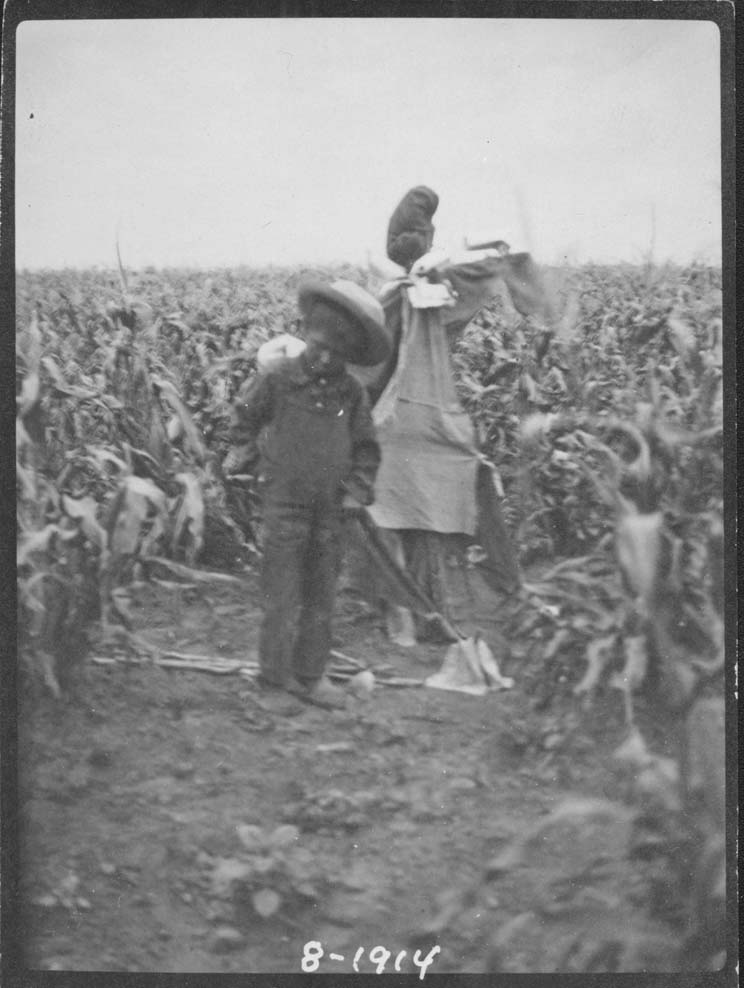
|
| Source F | 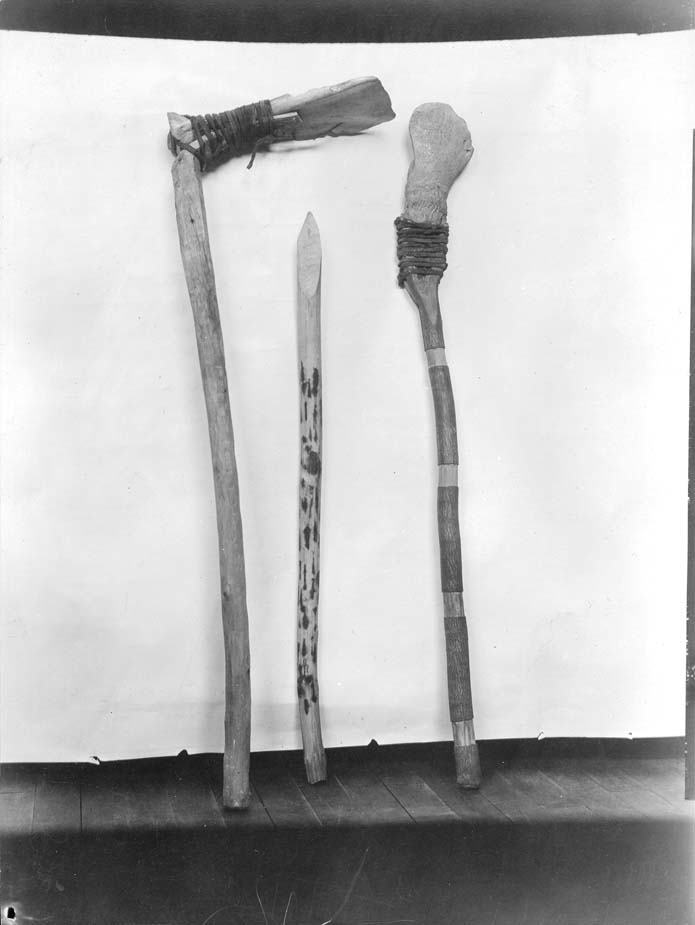
|
| Source G | 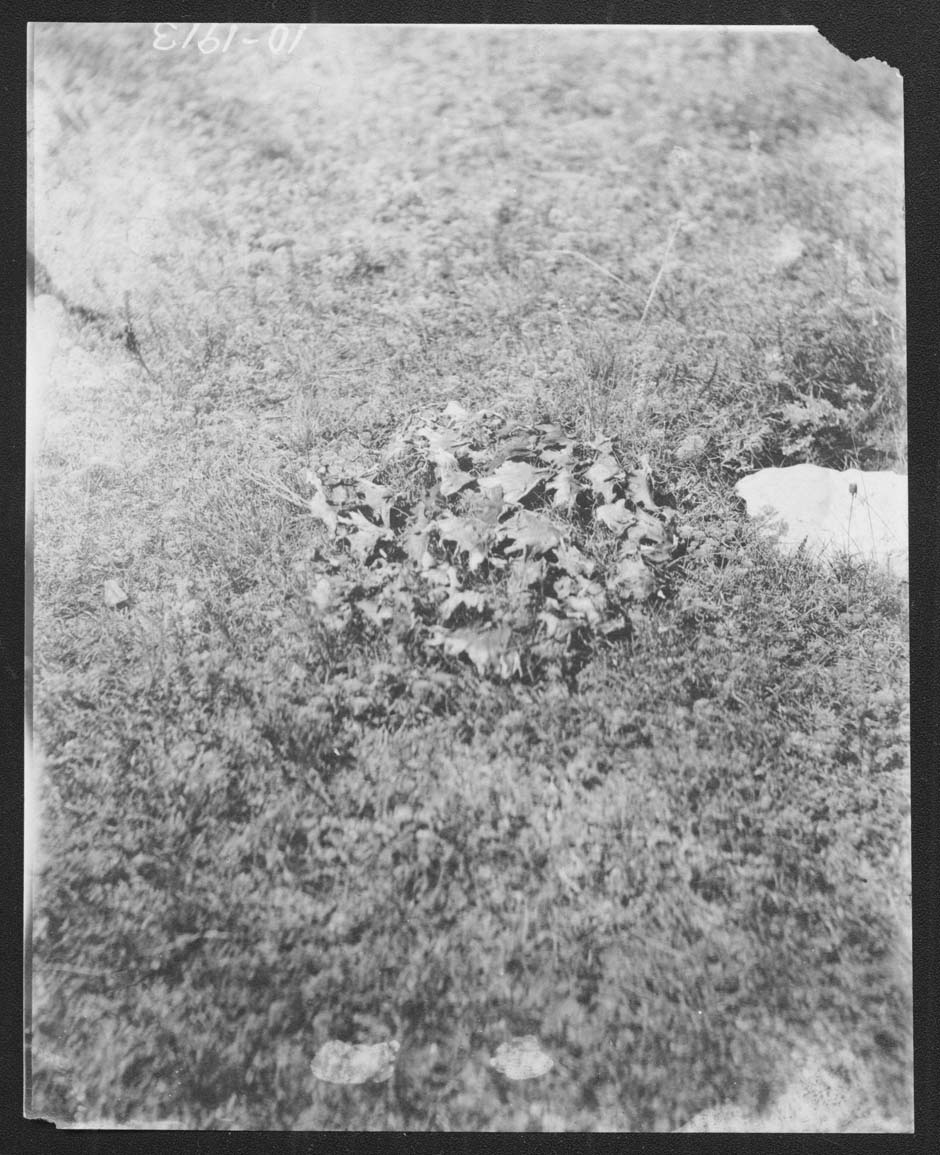
|
| Source H | 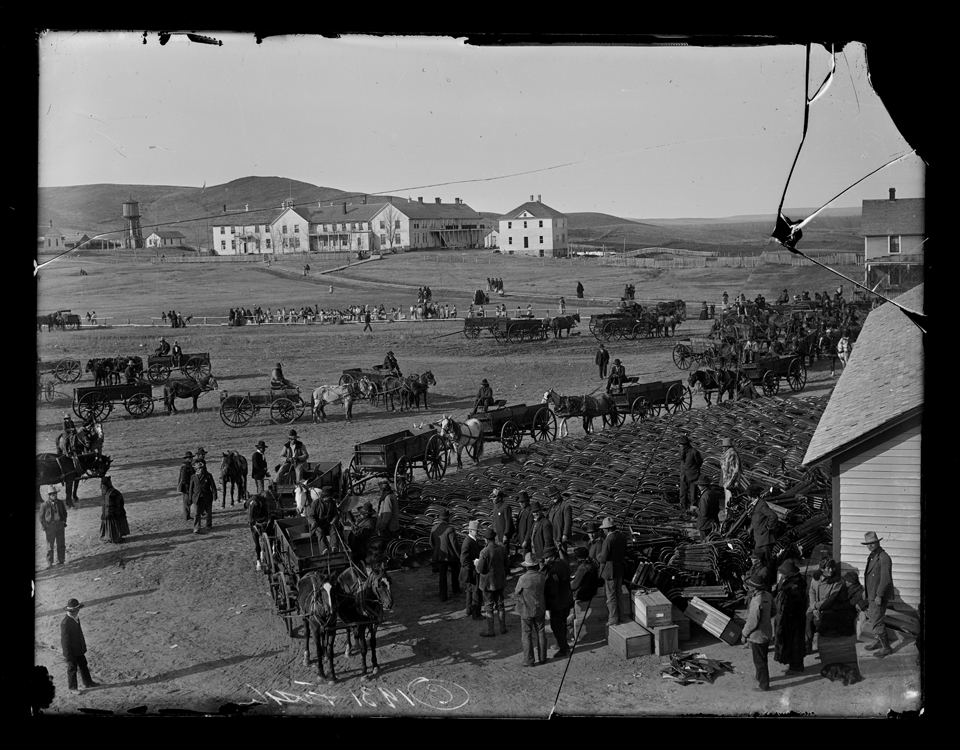
|
| Source I | 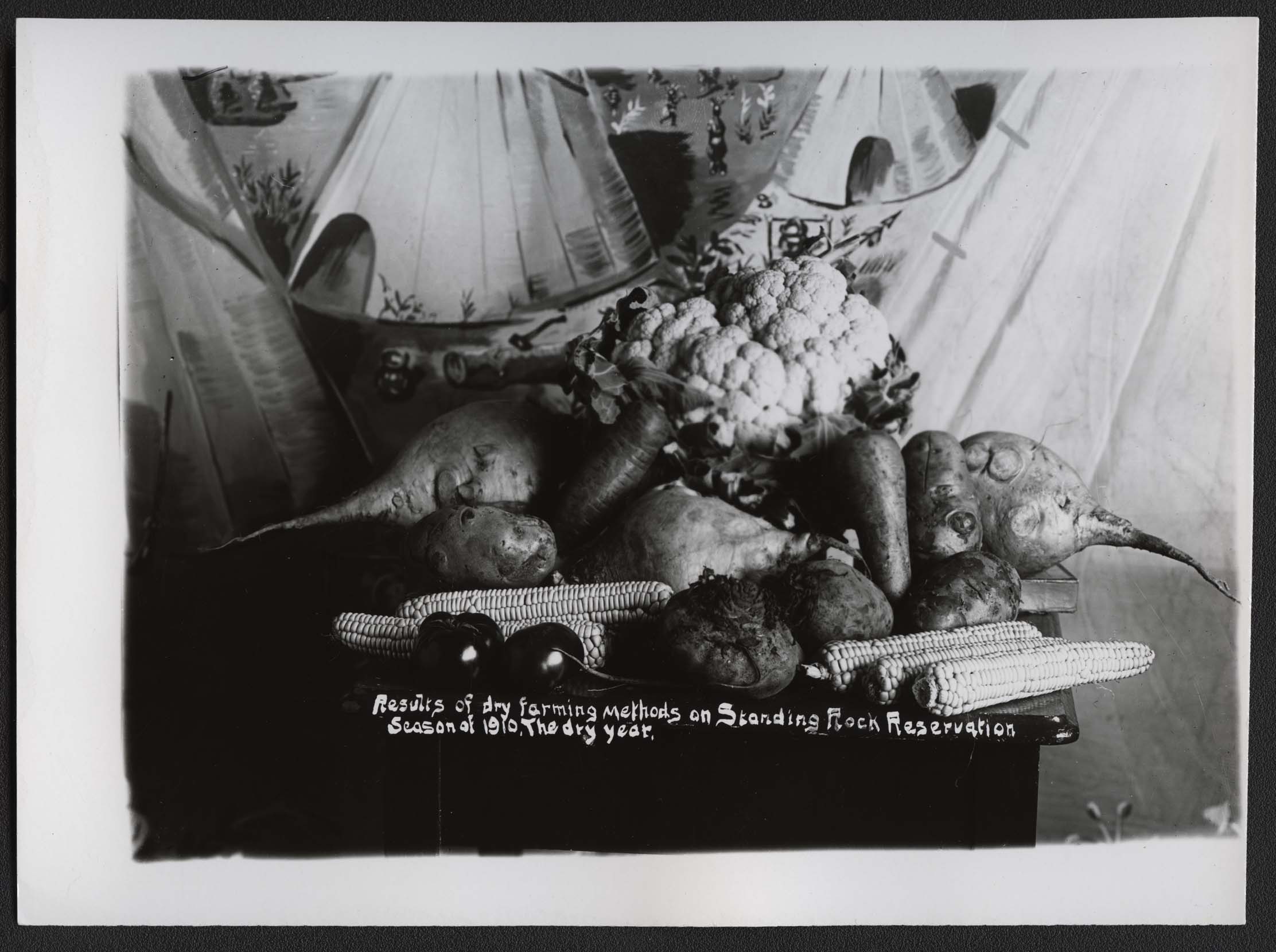
|
To learn more about the North Dakota Native American Essential Understandings, visit Teachings of Our Elders.


